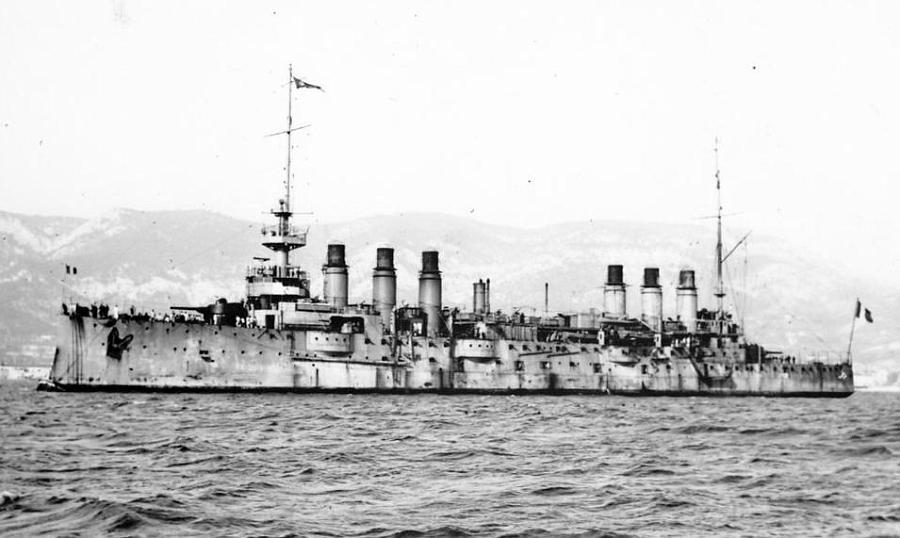


Towarsd the end of 1940, the destroyers Le Triomphant and Léopard followed. Other ships were the two obsolete battleships Paris and Courbet, the destroyers Le Triomphant and the Léopard, eight torpedo boats, 5 submarines (the Minerve, Junon) and a number of other ships of lesser importance.Īs soon as the summer 1940, the submarines Minerve and Junon, as well as four avisos, departed from Plymouth. In capturing the submarine, two British officers and one French sailor were killed. The then largest submarine in the world, the Surcouf, which had sought refuge in Portsmouth in June 1940 following the German invasion of France, resisted the British operation. At the first stage of Operation Catapult, the ships in the British ports of Plymouth and Portsmouth were simply boarded on the night of 3 July 1940. Some vessels were in port in France others had escaped from France to British controlled ports, mainly in Britain itself or Alexandria in Egypt. Muselier was the only flag officer of the French Navy to answer the call of De Gaulle. On the 30 June 1940, De Gaulle was joined by vice-admiral Émile Muselier, who had come from Gibraltar by flying boat. Students at the école de guerre navale were still educated in traditional French naval doctrine of guerre de course.Īfter the Armistice and the Appeal of 18 June, De Gaulle founded the Free French Forces (Forces Françaises Libres, or FFL), including a naval arm, the "Free French Naval Forces" (Les Forces Navales Françaises Libres, or FNFL). Castex's writings appeared to have had only modest direct impact on the behavior of French governments. Castex gave significant attention to commerce raiding, raids, blockade, mine, and amphibious warfare. Thus he formulated the concept of la force organisée, the main force which could be mustered for a limited counteroffensive against a superior enemy. Castex recognized that this task was to provide doctrine for a second-ranking navy and not one that would ever hope to challenge the British. The centerpiece of his writings are strategic maneuver and not battle. Castex's conclusions were that decisive battles were rare in history and that the enemy battle fleet was not always the main object of an operation or battle. Castex completed an additional eighteen major works and more than fifty journal articles. Naval Institute into 428 pages as Strategic Theories. The essence of Castex's work can be found in a summary of some 2,600 pages of original French text translated into English by the U.S. His five volume Théories stratégiques is perhaps the most complete theoretical survey of maritime strategy to ever appear.

Following the Great War, the French Navy came under the influence of the writings of Admiral Raoul Castex.


 0 kommentar(er)
0 kommentar(er)
